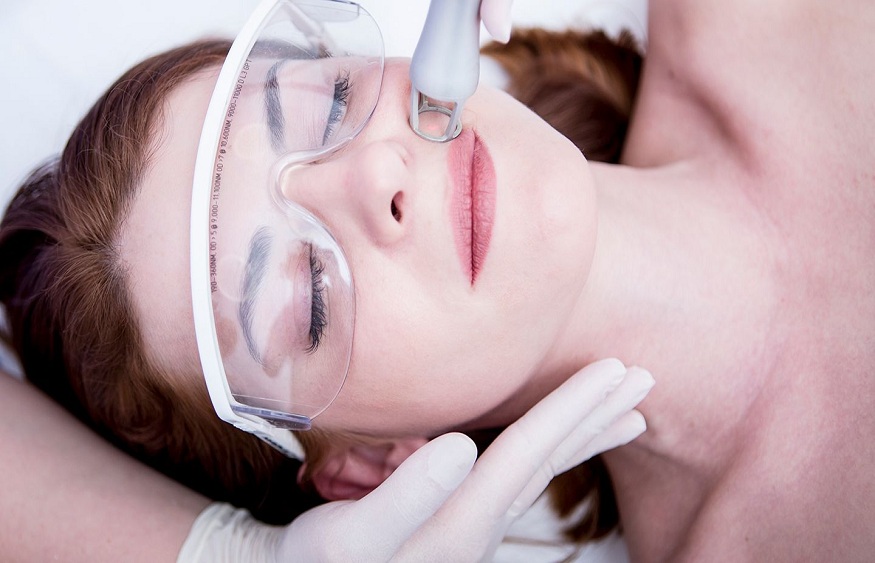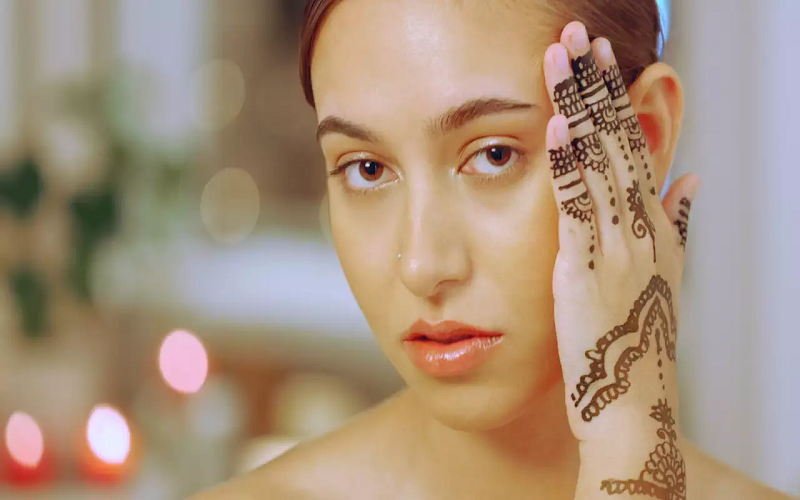As women age, their skin undergoes natural changes such as decreased collagen production that leads to the appearance of wrinkles as well as fine lines. These changes become more obvious in women who are in their 40s, and Singaporean women encounter distinctive challenges due to the country’s high humidity levels, urban lifestyle, and the like.
The good news is that all is not lost for Singaporean women who want to achieve younger-looking skin. Enter: laser treatment for face, a.k.a laser skin resurfacing.
What is laser treatment for face?
Laser treatment in Singapore is an effective and safe method that is performed to reduce the appearance of wrinkles, fine lines, scars, and so on. It is also known to even out pigmentation, tighten the skin, and remove lesions, both malignant and benign.
In the process, short as well as concentrated pulsating beams are directed at skin areas that need treatment. If properly performed, it eliminates the external layer of the skin (epidermis) and safely heats up the underlying layer (dermis). This process stimulates the development of new collagen (kind of protein) fibers that result in smoother as well as firmer skin.
What kinds of lasers are used?
Ablative laser
This kind of laser includes a carbon dioxide or CO2 laser, an erbium laser as well as combination systems.
Nonablative laser or light source.
This is a less aggressive approach than its ablative counterpart, and it comes with a shorter recovery time. It has, however, less noticeable results. The kinds of nonablative lasers that are used in laser skin resurfacing are pulsed-dye laser and intense pulsed light therapy.
The two aforementioned kinds of lasers can be carried out with the utilization of a fractional laser, which is specifically designed and developed to cut down recovery time and reduce side effects.
What can be expected during laser treatment?
- The face is going to be thoroughly cleaned, and prior to laser treatment for face, the area that needs to be treated is numbed with local anesthetic. Certain instances may require the use of general anesthesia, but only in cases when the entire face is going to be treated. For reference, partial-face laser abrasion takes about 45 minutes, and full-face treatment may last for up to two hours.
- After laser resurfacing, dressing (non-stick) is applied to the treated area and left there for about 24 hours. Later on, the treated area needs to be cleaned at least twice a day with saline solution or other diluted solution that is advised by your dermatologist.
Topical solutions that are made up of urea, mineral oil, and other similar ingredients may also be advised. The purpose of the said solutions is to reduce the development of scabs that may damage the skin. In general, the treated area may fully heal within three to four weeks, depending on skin type, medications, and so on.
- Once healed, makeup can be worn to hide the pink to red colored skin that generally appears after laser treatment for face. Green-based and oil-free ones are encouraged since they are effective and efficient in neutralizing red skin as the skin heals, all without irritating. The redness may fade within two to three months but may take as long as a year to fully disappear.
How to prepare for laser treatment?
- Avoid heavy sun exposure as well as tanning. If sun exposure cannot be avoided, use a broad-spectrum sunscreen about four weeks prior to treatment.
- Avoid deep facial peel procedures (laser resurfacing, dermabrasion, etc.) four weeks prior to treatment.
- Do not take medications that may cause photosensitivity (minocycline, doxycycline) for 3 days prior to treatment.
- Relay any skin conditions that may prompt you to take antiviral medications such as valacyclovir and/or acyclovir. They may be taken as directed and stopped two days prior to treatment and then continue medication three days after treatment. Clarify this aspect with your service provider.
- You may be asked to apply topical retinoid on the skin that needs to be treated four weeks prior to your treatment.
What are the risks of laser treatment?
Like other aesthetic skin treatments, laser treatment Singapore can cause side effects. Some are milder and less likely if done via nonablative methods. The common side effects are elaborated below.
Redness, swelling, itching, pain, etc.
Treated skin, especially not properly taken care of post treatment, may itch, swell, or develop a burning sensation. Redness, in some cases, may be intense and may last for a couple of months.
Acne breakouts
Applying thick creams and using bandages may cause acne breakouts or lead to the development of tiny white bumps called milia.
Infection
Laser resurfacing may lead to infection that may be bacterial, fungal, or viral in nature.
Changes in skin color
Laser treatment can cause the skin to become darker or lighter than it was prior to the procedure. In line with this, permanent changes in the skin are more prevalent in people with brown or dark skin.
Scarring
Laser treatment uses intense light to penetrate the skin, and because of this, scarring may take place.
Summing up
Despite the wide array of benefits that it brings, it should be noted that laser treatment Singapore is not for everybody. And because of this, it is best to seek the approval of your general physician before undergoing the said treatment.


